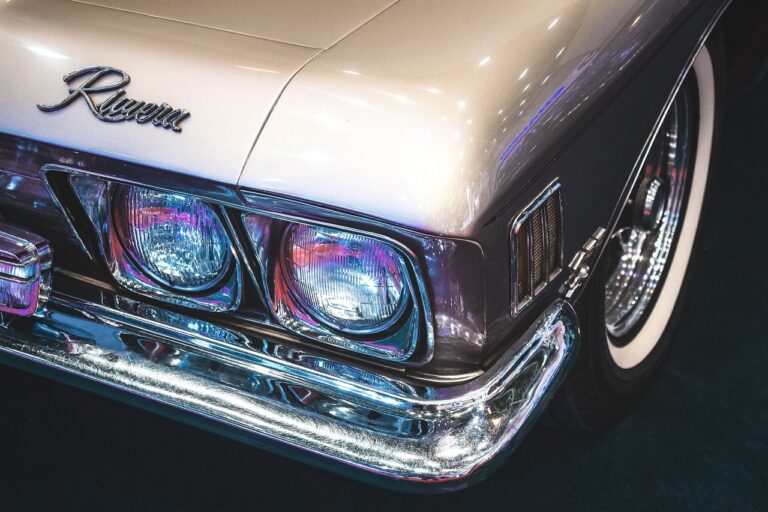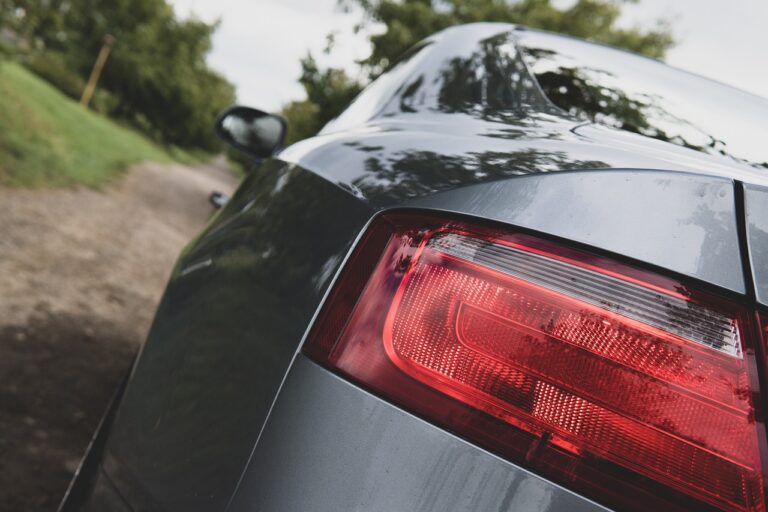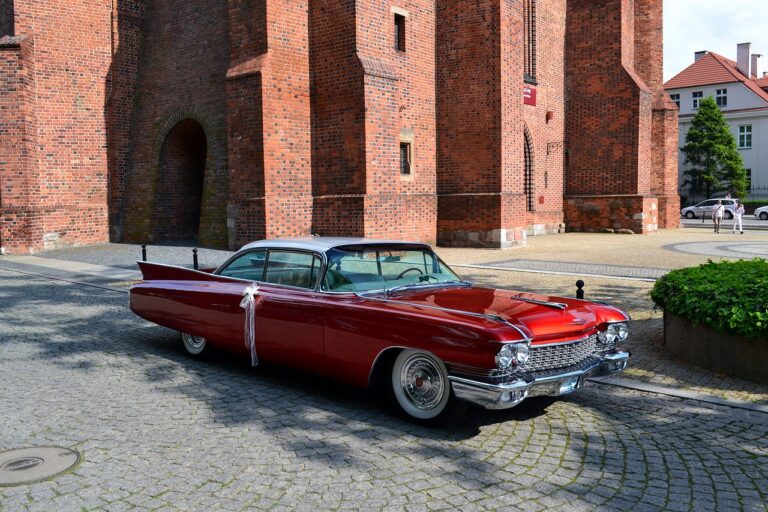The Role of Cars in Shaping Suburban Lifestyles
Suburban development in the United States gained momentum in the post-World War II era. With returning soldiers seeking affordable housing, the demand for homes outside of urban centers surged. This led to the widespread construction of suburbs across the country, fueled by government policies that promoted homeownership and suburban growth.
The proliferation of suburbs was facilitated by the expansion of highways and road networks, making it easier for people to commute from suburban areas to urban centers for work. This accessibility, coupled with the availability of land for development, attracted families looking for a quieter and more spacious lifestyle away from the congestion of cities. The rise of suburbs reshaped the American landscape and fundamentally altered the way people lived, worked, and traveled.
The Rise of Automobile Ownership
The invention of the automobile revolutionized transportation in the early 20th century. As cars became more affordable and accessible to the general public, ownership rates soared. This shift in personal transportation played a key role in the development of suburban areas, allowing people to live farther from city centers while still being able to commute to work or run errands conveniently.
With the rise of automobile ownership came a cultural shift towards car dependency. The newfound freedom and flexibility provided by cars led to a shift in urban planning, with an increasing focus on accommodating vehicles through the construction of highways and roads. Additionally, the automotive industry capitalized on this trend by producing a variety of models to cater to different needs and preferences, further fueling the popularity of car ownership.
Suburban Sprawl and Car Culture
The intertwining of suburban sprawl and car culture has significantly shaped the modern urban landscape. As suburbs expanded, so did the reliance on automobiles for transportation. The widespread availability of cars not only facilitated the daily commute to cities but also enabled the creation of sprawling suburban neighborhoods with ample space for housing and vehicles.
Car culture became ingrained in suburban life, with garages and driveways becoming commonplace features of suburban homes. The freedom of mobility offered by cars allowed residents to easily access amenities, schools, and entertainment outside city limits. This shift towards car-centric lifestyles not only influenced the physical layout of suburban areas but also fostered a sense of independence and convenience for suburban dwellers.
What factors contributed to the development of suburban sprawl?
The availability of affordable housing, improved transportation infrastructure, and shifts in urban planning policies all played a role in the rise of suburban sprawl.
How did the increase in automobile ownership impact suburban development?
The rise of automobile ownership allowed for greater mobility, which in turn led to the expansion of suburbs as people could easily commute to work and other destinations.
What are some of the negative effects of suburban sprawl on the environment?
Suburban sprawl can lead to increased air pollution, habitat destruction, and loss of biodiversity as natural landscapes are developed for housing and roads.
How has car culture influenced suburban living?
Car culture has shaped suburban living by prioritizing automobile use over public transportation, walking, or cycling, leading to car-dependent communities with sprawling infrastructure.
What are some potential solutions to combat suburban sprawl and promote sustainable urban development?
Some solutions include promoting mixed-use developments, improving public transportation options, implementing smart growth policies, and encouraging compact, walkable communities.





